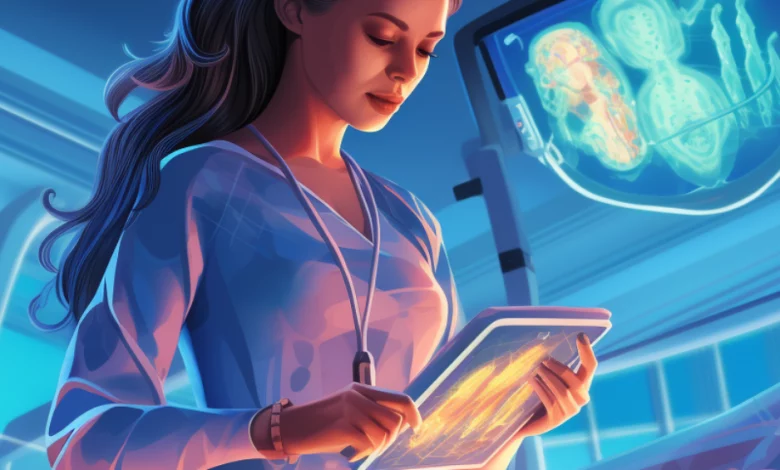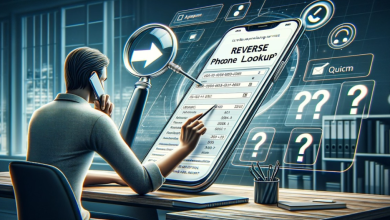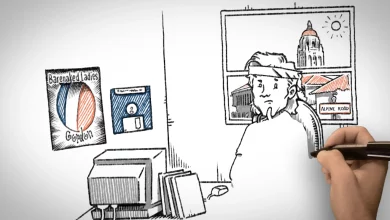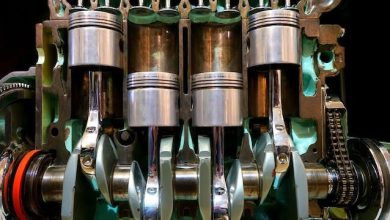How a Healthcare Animation Company Transforms Medical Education

In the realm of healthcare and medical education, the dawn of animation has brought about a seismic shift, transforming complex subjects into digestible, engaging, and impactful visuals. This transformation owes much to the ingenuity and creativity of healthcare animation companies. These entities have not just changed the way we learn about health; they’ve revolutionized it. With the magic of 3D healthcare animation, intricate processes and procedures are demystified, making understanding the nuances of healthcare accessible to professionals and laypeople alike.
Table of Contents
Breaking Down the Complex
Let’s face it: healthcare topics can be daunting. The human body is a complex machine, and explaining its workings, from the cellular level to complete bodily functions, poses a significant challenge. This is where the expertise of a healthcare animation company shines. Through vivid, accurate 3D and 2D healthcare animation, these companies break down complicated subjects into simple, engaging narratives.
- Visualizing the Invisible: Through 3D healthcare animation, processes that are too small or too complex to see with the naked eye are brought to life. Imagine watching a white blood cell chase down a pathogen, engaging it in a microscopic battle. This isn’t just science; it’s a story unfolding before your eyes.
- Simplifying the Complex: With 2D healthcare animation, abstract concepts are transformed into clear, comprehensible visuals. This simplicity is key to educating patients about their health conditions and the treatments available to them.
Enhancing Learning and Understanding
The human brain processes visuals 60,000 times faster than text. Healthcare animation companies leverage this fact to create educational content that enhances learning and retention.
- Interactive Learning: Animated videos provide an interactive element to learning, making it an active rather than passive process. This interactivity boosts engagement and facilitates deeper understanding.
- Catering to Different Learning Styles: Not everyone learns the same way. Some of us are visual learners, while others prefer auditory or kinesthetic learning. Healthcare video animation services offer a versatile tool that appeals to multiple learning styles, making information accessible to a broader audience.
Bridging the Gap Between Experts and Laypeople
One of the greatest challenges in healthcare communication is the gap between expert knowledge and lay understanding. Healthcare animation serves as a bridge, translating complex medical jargon into a language everyone can understand.
- Democratizing Healthcare Information: By making information visually appealing and easy to digest, healthcare animation ensures that knowledge is not confined to the halls of academia and professional practice. It democratizes healthcare information, empowering patients to make informed decisions about their health.
- Enhancing Patient Care: When patients understand their health conditions and the treatments available to them, they are more likely to comply with medical advice. Animation not only educates but also fosters a sense of agency among patients, leading to better health outcomes.
The Creative Process Behind Healthcare Animation
Creating healthcare animation is no small feat. It requires a blend of scientific accuracy, artistic talent, and storytelling prowess. Let’s peel back the curtain and look at the creative process behind these animations.
- Research and Collaboration: Every project begins with thorough research and collaboration with medical experts. This ensures that the animations are not only engaging but also accurate and informative.
- Scriptwriting and Storyboarding: Once the research phase is complete, the next step is scriptwriting and storyboarding. This is where the story begins to take shape, with a focus on clarity, engagement, and educational value.
- Design and Animation: With the storyboard as a guide, designers and animators bring the script to life. This stage involves choosing the right color schemes, animation styles, and visual effects to convey the message effectively.
- Voiceover and Sound Effects: The final touch involves adding voiceover and sound effects. A well-chosen voice can make the content more relatable, while sound effects can enhance the learning experience, making it more immersive.
The Future of Healthcare Animation
The future of healthcare animation is as dynamic as it is promising. With advancements in technology, we’re likely to see even more immersive and interactive forms of animation, such as virtual and augmented reality. These technologies have the potential to further enhance learning and understanding, making healthcare education an even more engaging experience.
- Virtual Reality (VR) in Healthcare Education: Imagine donning a VR headset and walking through a 3D model of the human heart, observing its functions up close. VR could revolutionize medical education, offering a level of immersion and interaction that traditional methods cannot match.
- Augmented Reality (AR) for Patient Education: AR has the potential to bring healthcare animation directly to the patient’s environment. For instance, using a smartphone or tablet, a patient could point their device at a medication bottle and see an animation explaining how the medication works inside their body.
Conclusion
The impact of healthcare animation companies on medical communication cannot be overstated. Through the power of 3D and 2D animations, complex healthcare topics are made accessible, engaging, and understandable to a wide audience. As technology advances, we can expect these animations to become even more immersive and interactive, further enhancing the way we learn about health and medicine. Whether you’re a healthcare professional seeking to explain a complex procedure, a student grappling with the intricacies of human anatomy, or a patient trying to understand your diagnosis, healthcare animation offers a clear, engaging, and informative way to bridge the gap between complex medical information and understanding.




